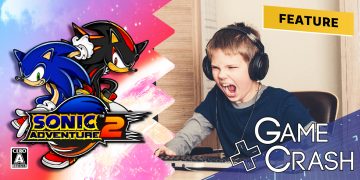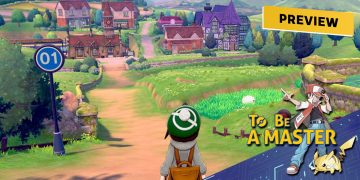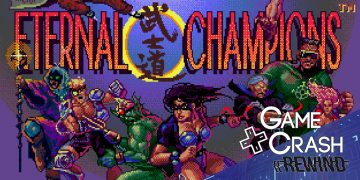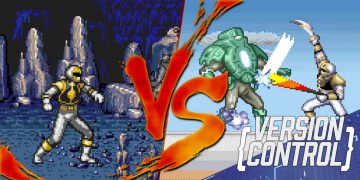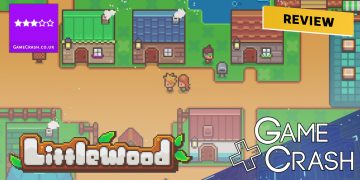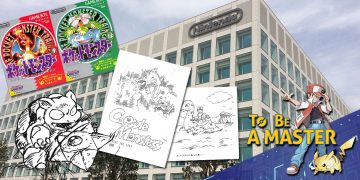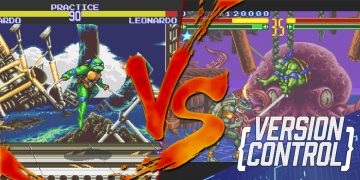We woke up to the news this morning that Nintendo President, Satoru Iwata, has unfortunately passed away during the weekend. Losing a battle with a rare and aggressive form of bile duct cancer that he has been struggling with for over a year.
Iwata’s contribution to the video game industry is practically immeasurable. Even before he was running the most recognisable and most cherished video game company in the world, he was a leading developer on the ground floor of some of Nintendo’s biggest hits and possessed a rare natural ability that would have made him one of the greatest forces in the industry whether or not he was in the top chair.
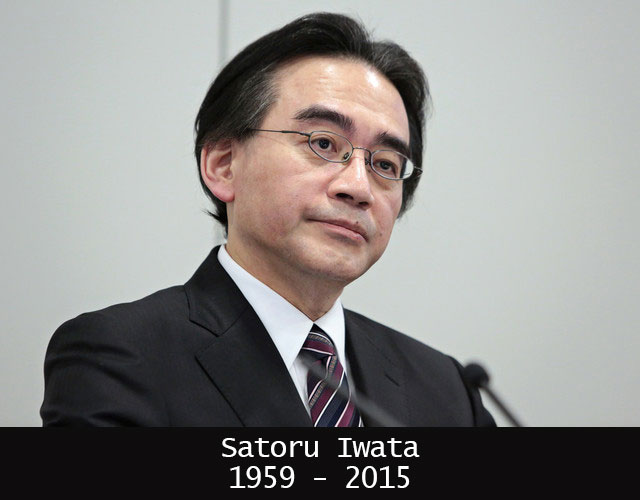
Early Career
Born in Sapporo, Japan in 1959, Iwata’s very first game was a baseball game he programmed onto a pocket calculator at school, demonstrating early on the uncanny ability at programming and problem solving that would be seen throughout his career at Nintendo. From there, he entered the Tokyo Institute of Technology in 1978, where while he studied engineering and early computer science, his real learning experience came from the forming of a group of like-minded friends hanging out in a computer retail store and wondering how they could get those computers to play games. That group moved to an apartment in Tokyo’s Akihabara district – now a notorious gadget haven in Japan – and began designing their own games. In 1980, that group became the company known as HAL LAboratory, a reference to the computer in the movie 2001: Space Odyssey. By this point a recurring theme of obsession with computers, technology and, most importantly, gaming in Iwata’s life was now the beginnings of a career. Upon graduating, Iwata took his place as the 5th ever staff member at HAL Labs and remarked once about how he fulfilled many roles: “I was a programmer. And an engineer. And a designer. And I marketed our games. I also ordered food. And I helped clean up. And, it was all great fun.”Career with Nintendo
His relationship with Nintendo began when HAL Labs learned of a rumour that Nintendo, coming off the back of the incredible success of Donkey Kong at the arcades, were planning on releasing a home video game console and HAL threw everything at trying to get a meeting with Nintendo. They succeeded, but initially were hired to help fix the development of NES Pinball – a game that had gone very awry in development. Iwata remarked that the experience taught them “that even artists must know the business side of game development. After all, if a game never comes to market, there is very little chance of it making any money.” and undoubtedly gave Iwata his first real experience of the business side of the video game industry that he would eventually come to master. With Nintendo very satisfied with HAL’s work, they were given the opportunity to bring their own game ideas to life. Eventually working with Mashahiro Sakurai to create Kirby and Shigesato Itoi to create the Mother/Earthbound series, among other big hits such as Pokemon Stadium and Super Smash Bros.. Later on, when Mother 2/Earthbound found itself in threat of cancellation due to serious issues in its development, Iwata came aboard and led a complete rewrite of the entire project, saving the game from almost certainly never being released.… Even artists must know the business side of game development. After all, if a game never comes to market, there is very little chance of it making any money.This wasn’t the only time he was an invaluable part in developing gaming history, either. He twice made major contributions to the development of the Pokemon series. Once, in porting the original Pokemon Red/Green battle system to the N64 for Pokemon Stadium, by himself over the course of a week without any reference notes from the original developers. Another in jumping in to GameFreak’s Pokemon Gold and Silver project to massively optimise the way the game’s assets were stored and being directly responsible for it being possible to include the Kanto region in the game alongside Johto. In 2000, after nearly 20 years in the industry, Iwata departed HAL Labs and joined Nintendo full time. His obvious natural talent brought favourable eyes upon him from, then President, Hiroshi Yamauchi and after just two years he was announced as Yamauchi’s successor. The first President of the hundred-year-old company to not be a member of the Yamauchi family. Iwata’s situation as President then, however, is not dissimilar to the one he was facing in the now. The Gamecube had been a source of some fantastic games, but was ultimately a failure in the marketplace. The Gameboy had never been more successful, with the Pokemon series being a massive part of that success, but that success left the market quite saturated and with very little room for further growth. Iwata not only had the herculean task of steering Nintendo out from the formidable Yamauchi era, but from its weakest point since it entered the video game industry.
Legacy
It can’t be at all discounted, then, that Iwata took a radical and risky approach in pushing Nintendo down the path of releasing, first, the dual-screened Nintendo DS and then, next, the under-powered but highly accessible Nintendo Wii. In what he later called a drive to expand the audience that plays video games, Iwata led Nintendo into its greatest ever success. While the DS and Wii were underpowered compared to the Playstation Portable or the Xbox 360 and PS3, what they were was accessible to a wider audience. Many of the people that owned a Nintendo DS or Nintendo Wii ended up being people that had never played video games before – with the drive of games like Brain Training, Wii Sports and Wii Fit appealing to audiences never before seriously marketed to by the industry. The impact of this on the industry was huge and will ultimately be Iwata’s greatest legacy. Not only was the marketplace significantly expanded to beyond the, then average, demographic of teenage/young adult males, but the way we play games was so seriously questioned following the disruptive hardware of the DS and Wii that we now have an absolute explosion in innovation, including the Kinect, PS Move, Project Morpheus, Oculus Rift, Hololens and even the touch screens on your phone, tablets and PCs. Despite being at the top, however, Iwata never lost sight of the fact that he was both a developer and a gamer at heart. Even one of his very first actions as Nintendo President was to assign himself to a development team on a game. He led interviews with the development teams at Nintendo in a series of Iwata Asks features on Nintendo’s website – not only giving fans an unprecedented insight on the development of Nintendo’s biggest games and hardware, but giving those developers a voice they might not otherwise have gotten. He was also a leading force in the creation of the Nintendo Direct format, directly presenting the latest information and game reveals to their biggest fans with a level of character and charm that only Nintendo, and specifically Iwata’s Nintendo could have managed. In recent years, sadly, Nintendo has struggled to meet the demands of an ever-increasingly complex digital landscape. Their Kyoto-based board of directors, reportedly, being a massive Snorlax in the path towards Nintendo being able to adapt quickly enough to manage both the threat of Sony and Microsoft’s gaming consoles as well as the ever expanding market of gaming on mobile. As President, Iwata certainly bore the responsibility for much of this directly on his shoulders and perhaps the greatest tragedy in his sudden passing is that he will never get to lead Nintendo into that light at the end of the tunnel that he never once wavered in insisting was within reach. The man was an undoubted genius, with an indescribable amount of natural talent and great character. He will be sorely missed.






